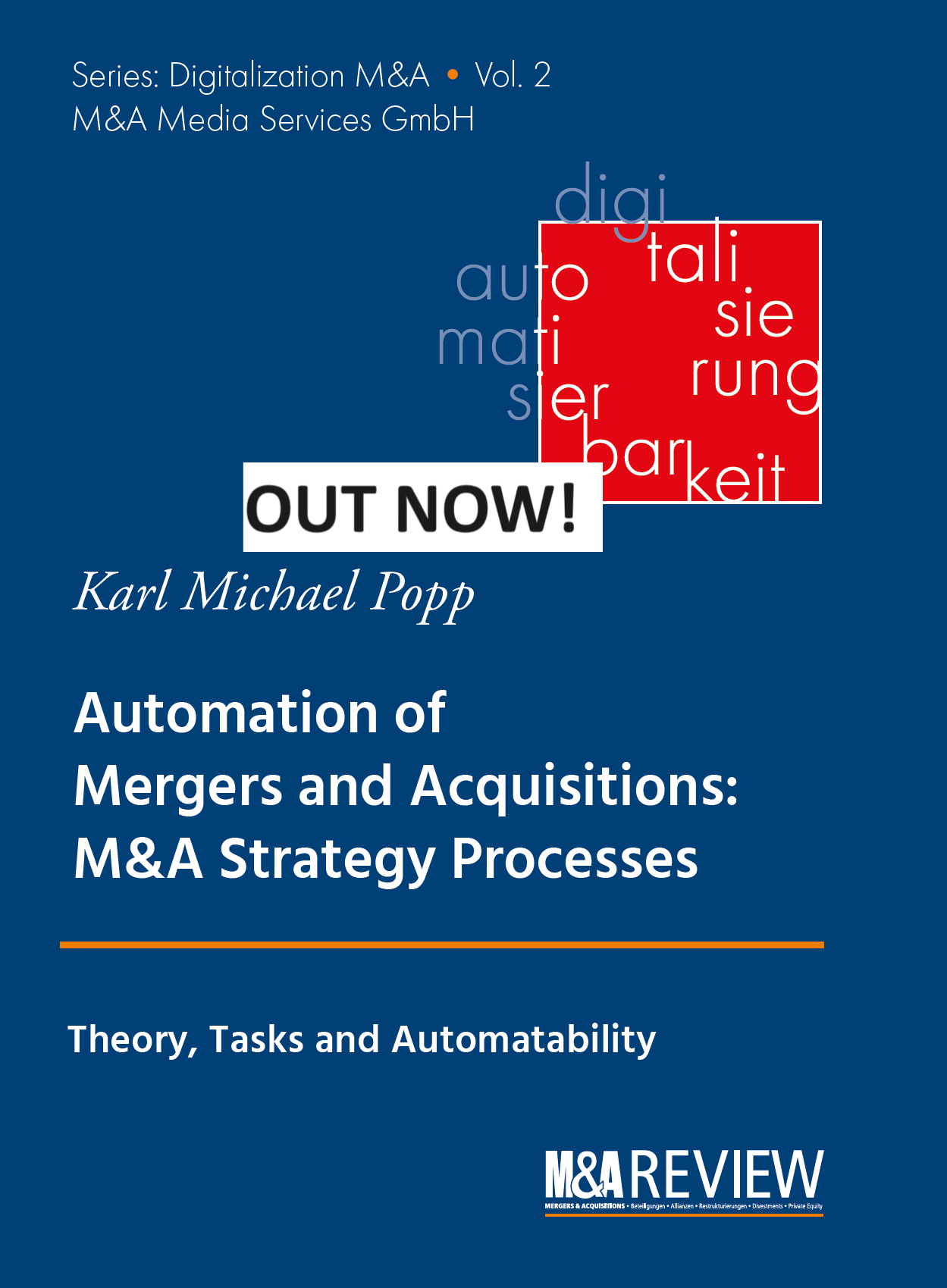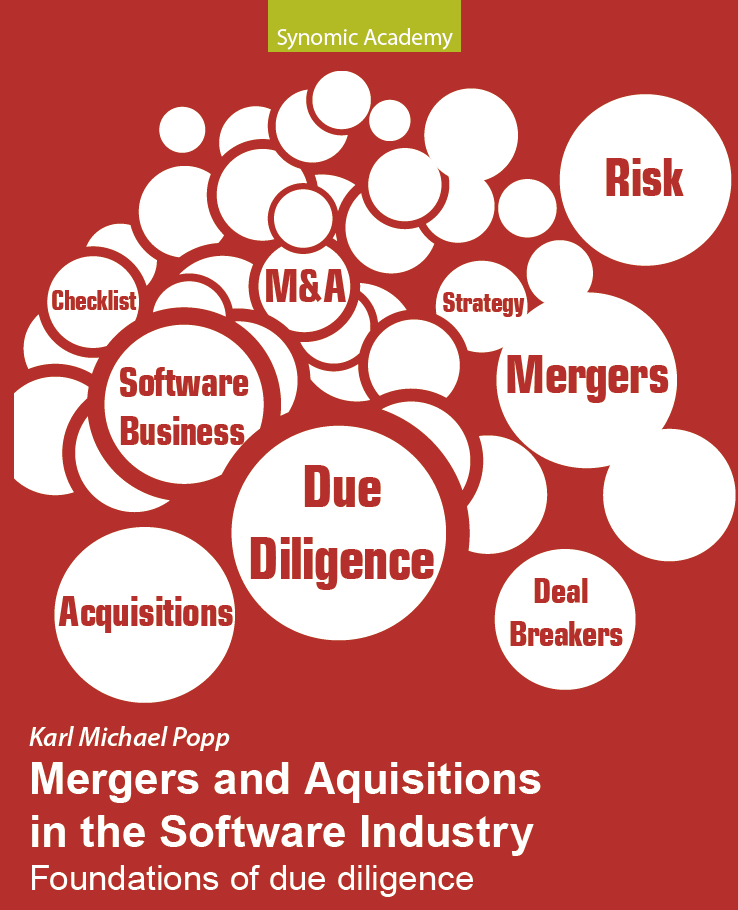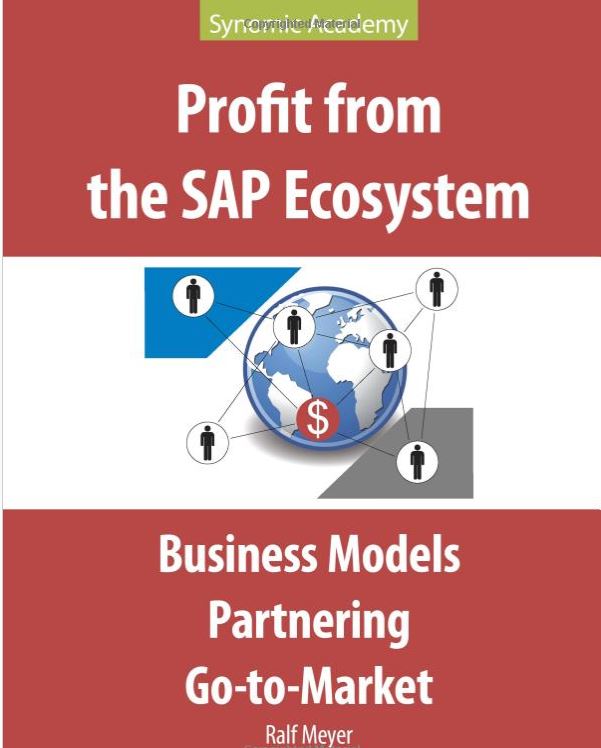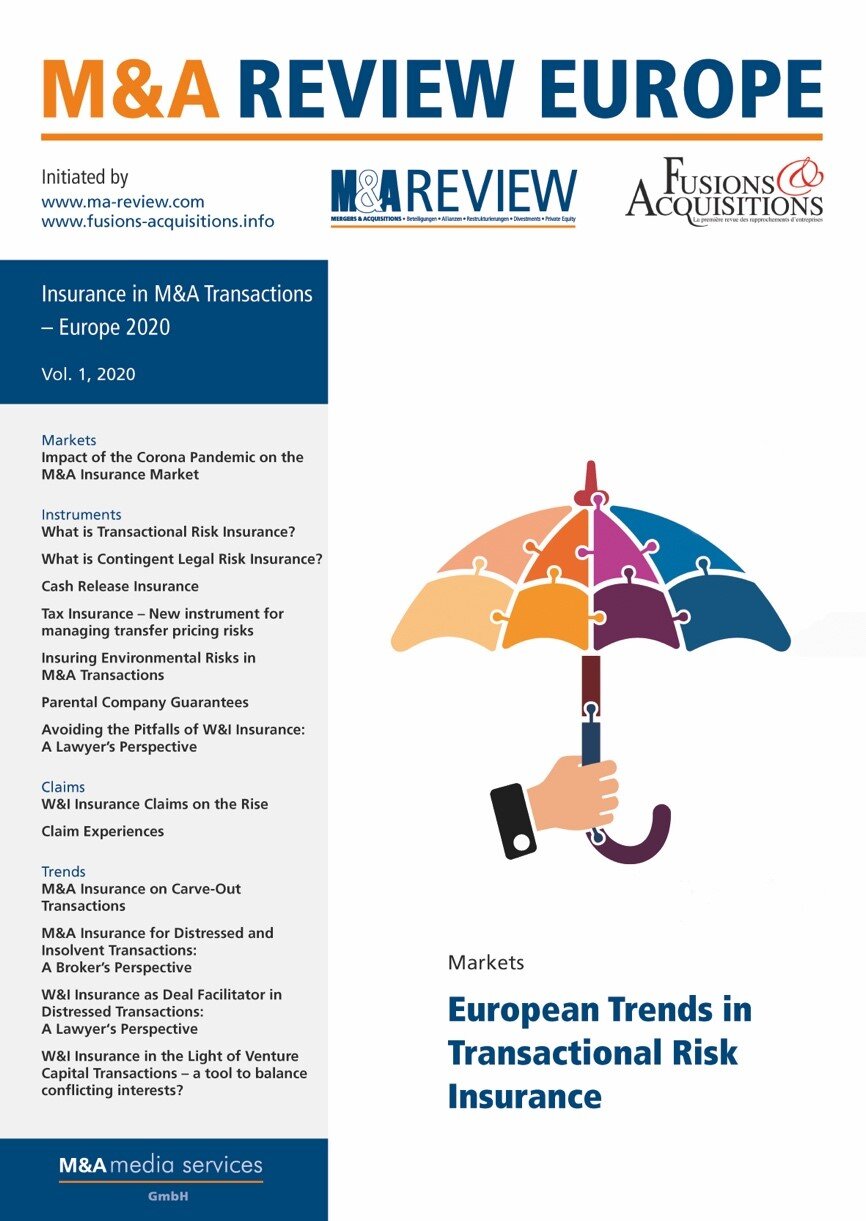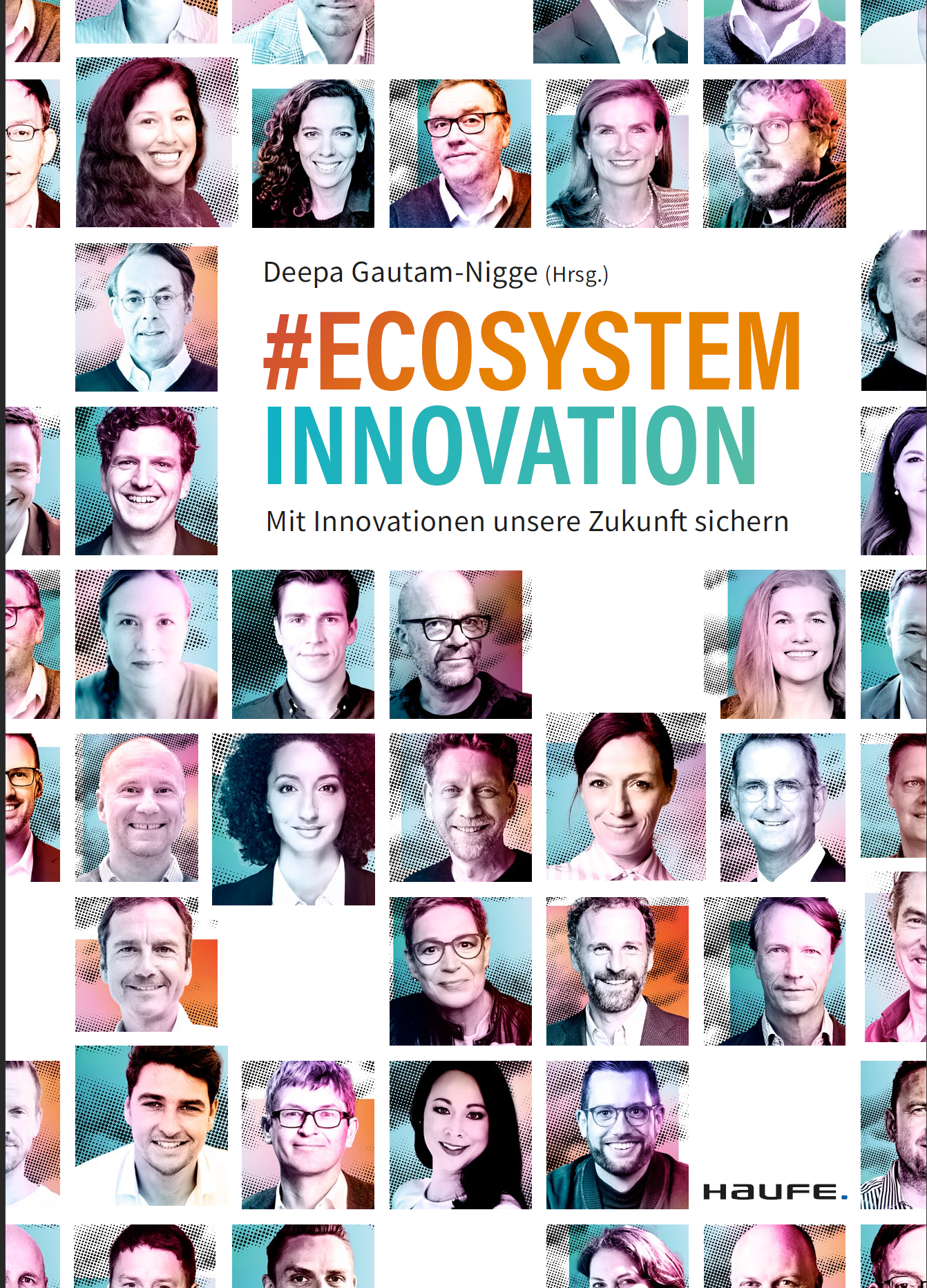Yearly Strategy Refresh: An Indispensable Practice for Major Corporations
This blog is in the Top 25 M&A blogs worldwide according to Feedspot
In the rapidly evolving business landscape, maintaining relevance and competitiveness necessitates an ongoing process of adaptation to emerging challenges. Prominent businesses, distinguished by vast assets and sophisticated organizational designs, regularly undertake an annual strategic overhaul to analyze, adjust, and refresh their strategic aims. This technique not only assists in upgrading existing blueprints but also cultivates original thought and quick reactions at all organizational tiers.
The Importance of Annual Strategy Refresh
By conducting annual reviews, organizations can effectively track the pulse of market fluctuations, compliance alterations, and emerging technological trends. By interpreting these developments, corporations can realign their methods to tap into new openings and diminish likely risks.
Enhancing Organizational Agility: A strategy refresh cultivates a culture of agility by empowering organizations to respond swiftly to both internal and external fluctuations. This agility frequently translates into a competitive advantage in swiftly changing markets.
Performance Evaluation: Consistently revisiting strategic objectives permits companies to assess their performance against established benchmarks. This approach makes sure that any variations are swiftly spotted and adjusted.
Stakeholder Engagement: Annual reviews present an opportunity for engaging stakeholders — including executives and board members — thus promoting a cohesive vision and collaborative ethos.
Methods for Executing a Strategy Refresh
Evidence-Based Strategy Development: Implement thorough data reviews, incorporating financial statements, market assessments, and customer insights to refine strategic directions. This fact-based technique secures that choices rely on concrete evidence instead of just assumptions.
SWOT and PESTLE Analysis: Numerous corporations utilize SWOT (Strengths, Weaknesses, Opportunities, Threats) and PESTLE (Political, Economic, Social, Technological, Legal, and Environmental) frameworks to attain a comprehensive understanding of both external and internal contexts.
Cross-Functional Workshops: Convening leaders from diverse departments fosters multifaceted perspectives and innovative thinking, ensuring that the refreshed strategy is comprehensive and inclusive.
Feedback Loops: Integrating feedback from employees across various organizational levels guarantees buy-in and aids in refining strategic methodologies, thereby rendering these plans more resilient and executable.
Conclusion
An annual strategy refresh transcends mere procedural formality; it is an essential prerequisite for large corporations striving for enduring growth and success. Through careful assessment and adjustment of their tactics, companies can skillfully maneuver through the intricate landscape of international markets while succeeding amidst challenges, thereby guaranteeing ongoing significance and financial success.
Involvement in this energetic venture eventually builds an organizational ethos that champions perpetual advancement, inventiveness, and toughness. Top-tier firms that take on this practice are more effectively positioned to shift hurdles into openings, thereby bolstering their leadership status across their respective markets.
WANNA JOIN THE AUTOMATION REVOLUTION FOR M&A? FILL THE FORM TO SCHEDULE A DEMO
5. Technical Architecture Analysis
- Objective: The goal of this analysis is to examine the software’s architecture comprehensively and evaluate its capability to integrate effectively with the systems employed by the acquiring company.
- Actions: This involves a thorough evaluation of data structures, application programming interfaces (APIs), and any third-party integrations that may exist within the software architecture. The acquirer should check if the architecture fits the requirements and should consider post-merger activities should the acquired product be integrated with the acquirer´s product.
6. Compliance Check
- Objective: The primary objective of this compliance check is to ensure that the software in question is in full compliance with relevant legal regulations and industry standards that govern its operation.
- Actions: This requires a careful verification of data privacy policies, adherence to export controls, and compliance with industry-specific regulations that may impact the software’s functionality and deployment.
7. Integration Considerations
- Objective: The aim of this activity is to thoroughly plan for a seamless integration of the software following the acquisition to ensure that all systems function harmoniously together.
- Actions: This involves identifying any potential integration challenges that may arise and developing a phased approach that outlines the steps necessary for successful integration over time.
8. Contract Review
- Objective: The primary focus here is to assess all existing contracts related to software maintenance, royalties, and agreements with third-party vendors to understand the obligations and rights involved.
- Actions: This may involve negotiating terms where necessary to secure favorable conditions, or planning for the migration of contracts to ensure continuity of service and compliance.
Conclusion
The process of software due diligence is an extensive and multifaceted endeavor that encompasses various critical evaluations aimed at ensuring that the software assets of the target company are in alignment with the strategic goals and objectives of the acquiring company. Successfully navigating through these key activities can significantly mitigate risks while simultaneously uncovering valuable opportunities for enhancing the overall value in the period following the acquisition.
Like my thoughts? READ MY NEW BOOK
ORDER AT AMAZON
ORDER IN GERMANY


